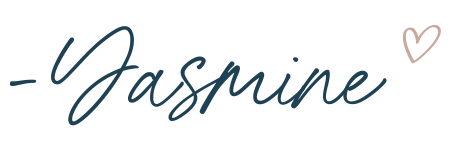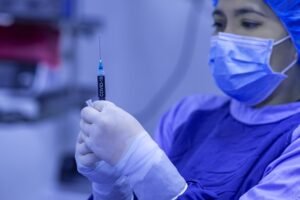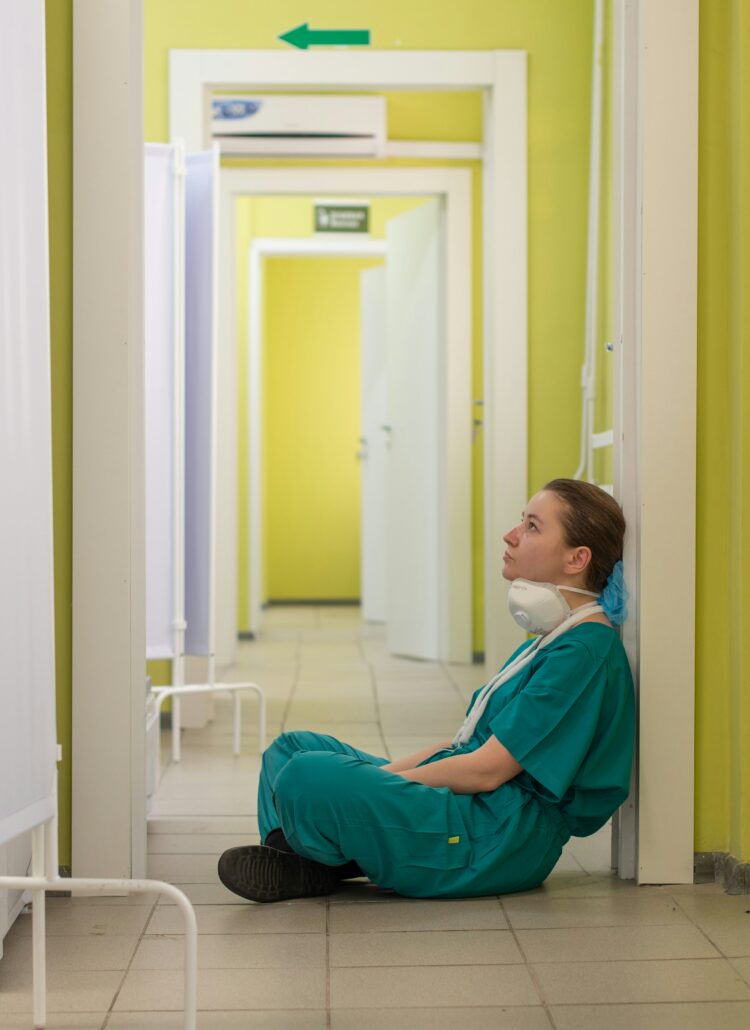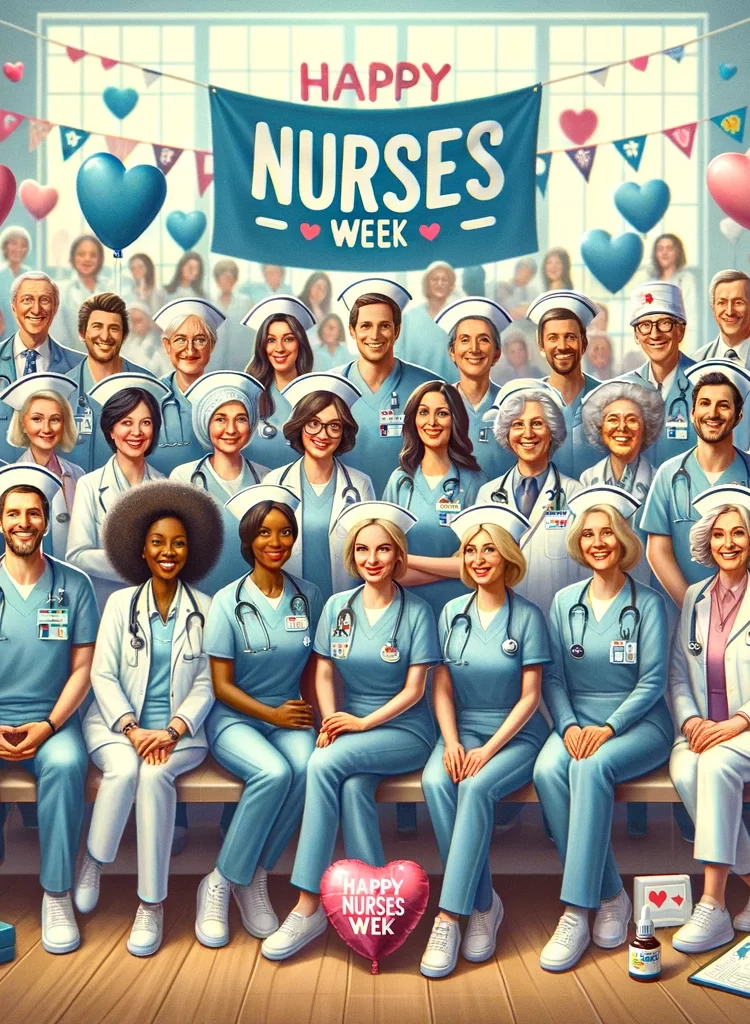In the rapidly evolving field of nursing, equipping oneself with the necessary tools is paramount to delivering exceptional patient care.
For new graduates embarking on their nursing journey, this article serves as a guide to the must-have nursing tools.
From stethoscopes and watches for accurate assessments to pens and sharpies for documentation, each tool plays a fundamental role in the healthcare setting.
Join us as we explore these essential tools, their functions, and recommendations for the best options on the market.
Key Takeaways
- A high-quality stethoscope, such as the Littmann Cardiology IV, is essential for accurate sound detection in a healthcare setting.
- Having a watch with a second hand is important for counting respirations, checking pulse, and managing time effectively.
- Use pens with blue or black permanent ink for charting and official documents, and consider using Sharpies for writing on lab specimen labels.
- It is crucial to have a penlight for checking pupillary response, as well as bandage scissors and a reflex hammer for unexpected situations.
Stethoscope Options
When considering stethoscope options for new nursing graduates, it is important to prioritize high-quality and specialized stethoscopes that cater to specific fields or patient populations.
One such option is the Littmann Cardiology IV, known for its advanced technology in sound detection.
For nurses working in specialized areas like the Neonatal Intensive Care Unit (NICU), individual stethoscopes for each patient are necessary to prevent cross-contamination and ensure infection control.
Additionally, nurses should consider investing in watches with second hands for counting respirations, checking pulse, and managing time efficiently. Options range from classic analog watches to Apple Watches and smartwatches.
Essential Watch for Nursing
To ensure efficient time management and accurate vital sign assessment, new nursing graduates should invest in an essential watch designed for nursing practice. A nursing watch serves as a valuable tool to keep track of time during medication administration, monitor patients’ heart rates, and count respirations. Here are four features to consider when choosing a nursing watch:
- Clear and visible display: Look for a watch with a large, easy-to-read face and clear numerals. This will allow for quick and accurate readings, even in low-light settings.
- Waterproof and durable: Nursing can be a messy job, so choose a watch that is waterproof and can withstand frequent handwashing and sanitizing.
- Second hand and timer function: A watch with a second hand is essential for accurately counting respirations and checking pulses. Additionally, having a timer function can help with medication administration and keeping track of various tasks throughout the shift.
- Comfortable and adjustable strap: Opt for a watch with a comfortable and adjustable strap that can accommodate different wrist sizes. This will ensure a secure fit and prevent the watch from becoming a distraction during patient care.
Investing in a reliable nursing watch will not only enhance time management but also contribute to delivering safe and effective patient care.
Pens & Sharpies for Documentation
For efficient and accurate documentation, new nursing graduates should have pens and Sharpies at their disposal. These writing tools are essential for charting patient information, labeling lab specimens, and completing official documents. When selecting pens, it is important to choose ones with blue or black permanent ink, as gel pens tend to smear and take longer to dry. Papermate InkJoy pens are a popular choice among nurses, offering smooth ink flow and comfortable barrels. For writing on lab specimen labels, ballpoint pens or Sharpies are recommended. Mini Sharpies can even be clipped onto a name badge for easy access. By having these pens and Sharpies readily available, new nursing graduates can ensure accurate and legible documentation.
| Writing Tools | Features | Recommendations |
|---|---|---|
| Pens | Blue or black permanent ink | Papermate InkJoy pens |
| Sharpies | Suitable for writing on lab specimen labels | Mini Sharpies for easy access |
Importance of a Penlight
The penlight is an indispensable tool for nursing graduates, frequently used in the hospital setting for assessing pupillary response. Here are four reasons why a penlight is important for nursing professionals:
- Assessment: The penlight allows nurses to accurately assess the size and reactivity of a patient’s pupils, providing valuable information about neurological function and potential abnormalities.
- Diagnostic Tool: By shining a penlight into a patient’s eyes, nurses can detect signs of certain medical conditions, such as cranial nerve abnormalities or brain injury.
- Patient Comfort: A penlight is a non-invasive way to examine a patient’s eyes, causing minimal discomfort while still providing important diagnostic information.
- Documentation: Using a penlight during pupillary assessments ensures accurate documentation of findings, allowing for better continuity of care and communication among healthcare providers.
The Necessity of Bandage Scissors
Bandage scissors are an essential tool for nursing professionals, as they play a crucial role in patient care and ensuring the safe removal of dressings or bandages. These specialized scissors are designed with a blunt lower blade and a sharp upper blade, allowing for precise and efficient cutting without the risk of injury to the patient’s skin.
The blunt lower blade helps to prevent accidental cuts or nicks, while the sharp upper blade easily cuts through the bandage material. Additionally, bandage scissors often feature a serrated edge, which helps to grip and hold the bandage securely during removal.
With their unique design and functionality, bandage scissors are indispensable in any healthcare setting, ensuring that dressings and bandages can be removed safely and effectively.
Why a Reflex Hammer Is Handy
A reflex hammer proves to be a valuable tool for nursing professionals, aiding in the assessment of neurological responses in patients. Here are four reasons why a reflex hammer is handy:
- Neurological assessment: A reflex hammer allows nurses to test deep tendon reflexes, such as the patellar reflex, to evaluate the health of the nervous system.
- Diagnostic tool: By eliciting reflex responses, nurses can gather important information about a patient’s neurological function, helping to identify potential issues or abnormalities.
- Monitoring progress: Regular use of a reflex hammer allows nurses to track changes in reflex responses over time, providing valuable insights into a patient’s recovery or progression of neurological conditions.
- Patient education: Demonstrating reflex testing with a reflex hammer can help educate patients about their own neurological health, fostering their understanding and involvement in their care.
Benefits of Using a Clipboard
Using a clipboard offers numerous benefits for nursing professionals, facilitating organization and providing a stable surface for writing. With the constant need to document patient information, having a clipboard readily available ensures that important data is easily accessible and organized. Additionally, the sturdy surface of a clipboard allows for comfortable and efficient writing, even in busy and fast-paced environments.
| Benefits of Using a Clipboard |
|---|
| Facilitates organization of patient information |
| Provides a stable surface for writing |
| Allows for quick access to important data |
| Ensures efficient documentation in busy environments |
| Convenient for carrying additional reference materials |
Helpful Cheat Sheets and References
To further enhance organization and efficiency, it is essential for new nursing graduates to have access to helpful cheat sheets and references. These tools serve as quick references for important information, allowing nurses to provide accurate and timely care to their patients.
Here are four key reasons why cheat sheets and references are invaluable for new nursing graduates:
- Medication Guides: Cheat sheets that provide in-depth information about medications, including dosages, administration routes, and potential side effects, help nurses ensure safe and effective medication administration.
- Lab Reference Guides: These references offer valuable information about common lab tests, their normal ranges, and their significance in patient care. They assist nurses in interpreting lab results and making appropriate clinical decisions.
- Clinical Pocket Guides: These compact references provide quick information on various nursing specialties, such as pediatrics, obstetrics, and critical care. They offer concise summaries of essential concepts, assessment techniques, and interventions for specific patient populations.
- Diagnostic Tools: Cheat sheets that outline common diagnostic procedures and their indications help nurses understand the purpose and significance of these tests. This knowledge enables them to provide appropriate patient education and support during diagnostic procedures.
The Usefulness of a Small Notebook
One essential tool that new nursing graduates should have in their arsenal is a compact notebook for quick reference and note-taking. A small notebook can be incredibly useful in the fast-paced and demanding environment of a healthcare setting. It allows nurses to jot down important information, such as phone numbers, patient vitals, or medication dosages, ensuring that nothing is forgotten or overlooked. Additionally, a notebook can serve as a valuable resource for recording observations, tracking progress, or brainstorming ideas. To illustrate the usefulness of a small notebook, consider the following table:
| Use of Small Notebook | Benefits |
|---|---|
| Quick reference | Easy access to important information |
| Note-taking | Documentation of patient details or ideas |
| Brainstorming | Capturing and organizing thoughts or plans |
Choosing the Right Work Bag
The selection of an appropriate work bag is an important decision for new nursing graduates. A work bag is not just a fashion accessory; it is a practical tool that nurses rely on to carry their essential items throughout their shifts.
When choosing the right work bag, here are some factors to consider:
- Size and Capacity: Opt for a bag that is spacious enough to hold all your nursing tools, such as stethoscope, pens, clipboard, and notebooks, without being too bulky or heavy.
- Durability and Cleanability: Look for a bag made of sturdy materials that can withstand the demands of the healthcare environment. It should also be easy to clean and disinfect to maintain proper infection control.
- Accessibility and Organization: Choose a bag with multiple compartments and pockets to help you stay organized and quickly access the items you need during your shifts.
- Comfort and Portability: Consider the design and carrying options of the bag. Backpacks and tote bags with padded straps can distribute the weight evenly and provide comfort during long shifts.
Frequently Asked Questions
What Are the Different Types of Stethoscopes Available for Different Nursing Specialties?
There are different types of stethoscopes available for various nursing specialties. For example, the Littmann Cardiology IV is a high-quality stethoscope with advanced sound detection technology. There are also specialized stethoscopes for fields like the NICU.
Is It Necessary for a Nursing Watch to Have Advanced Features Like an Apple Watch or a Smartwatch?
When considering a nursing watch, it is not necessary for it to have advanced features like an Apple Watch or a smartwatch. A watch with a second hand is sufficient for counting respirations, checking pulse, and managing time.
Can Gel Pens Be Used for Charting and Writing on Lab Specimen Labels?
Gel pens are not recommended for charting and writing on lab specimen labels as the ink smears and does not dry well. It is advised to use pens with blue or black permanent ink for these tasks.
Why Is a Penlight Important in a Hospital Setting?
A penlight is important in a hospital setting because it is used to assess pupillary response. This tool helps nurses evaluate neurological function and detect any abnormalities that may require further investigation or intervention.
How Can Bandage Scissors Be Labeled to Prevent Loss in a Healthcare Setting?
Bandage scissors can be labeled to prevent loss in a healthcare setting by purchasing a pack of labeled scissors. Bandage scissors tend to disappear on the unit, so labeling them helps with identification and reduces the chances of misplacement.
Conclusion
In conclusion, having the right nursing tools is essential for providing quality patient care.
From stethoscopes and watches for accurate assessments, to pens and sharpies for documentation, each tool serves a unique purpose in the healthcare setting.
Additionally, bandage scissors, reflex hammers, clipboards, cheat sheets, and small notebooks are invaluable for organization and quick access to important information.
Furthermore, selecting the appropriate work bag is crucial for securely storing all necessary tools.
Overall, new graduate nurses should ensure they have these must-have tools in their arsenal.







